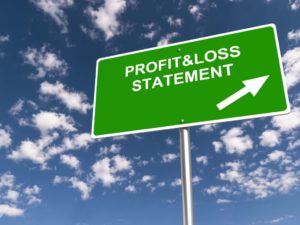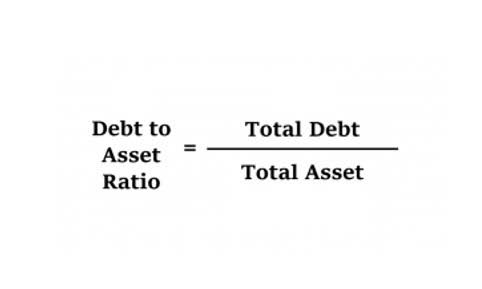
Administrative costs include salaries for trial balance staff and executives, as well as fees or salaries for services such as IT, accounting, or attorneys. SG&A expenses are ongoing business operating costs that are not directly linked to production or service delivery. They can be wages for employees in support departments like accounting or human resources, as well as third-party costs like rent, legal fees, insurance, and office supplies. SG&A expenses are an important financial metric impacting a company’s profitability and efficiency. The only real difference between operating expenses and SG&A is how you record them on the income statement.
Services
Successful firms regularly dive into their SG&A details, assessing performance against budgets and benchmarks to catch any rising costs early. Investing in your online presence is another key tactic; digital marketing can be highly targeted and trackable, offering better ROI than some traditional methods. What’s more, nurturing existing customer relationships often costs less than acquiring new ones, so focus on loyalty programs and upselling initiatives. Balance is key; necessary investments in SG&A to fuel growth must be weighed against the importance of preserving healthy profit margins. As with any ordinary and necessary business expense, SG&A expenses are deductible in the year that they were incurred. In this article, we’ll explore what SG&A expenses are, how they are calculated, and what they typically include.
What Are Selling, General, and Administrative (SG&A) Expenses?

This calculation is https://www.bookstime.com/articles/ap-automation-for-manufacturing-companies vital for understanding the total overhead costs and their impact on the company’s profitability. You should approach selling, general, and administrative expenses (like marketing costs) as an investment because it can be a competitive advantage. Invest wisely, and get the right bang for your buck (in both operating expenses and production costs) so you can run your business efficiently and effectively.

The Three Key Components of SG&A

In accounting, record SG&A expenses as debits to the appropriate expense accounts, such as selling, general, and administrative expenses. These expenses are then subtracted from sg and a meaning revenue to calculate the company’s operating income, which you use to determine the company’s profitability. Calculate the Selling, General, and Administrative expenses (SG&A) by adding all the expenses incurred by a company in its daily operations, excluding the costs of producing goods or services. You do this by adding the costs of selling, general, and administrative expenses. Selling expenses are essential for companies and investors, as they can impact a company’s profitability. Companies with high selling expenses may need more revenue to cover these costs, which can negatively impact their bottom line.
Selling, General & Administrative (SG&A) Expense

Operating costs (OPEX) are expenses companies incur during normal operations. Operating expenses include all of the expenses that aren’t covered under cost of goods sold, such as rent, equipment, and marketing. By carefully analyzing SG&A expenses, companies can identify areas for improvement, enhance their operational efficiency, and ultimately achieve better financial performance.
- SG&A, or “selling, general and administrative” describes the expenses incurred by a company not directly tied to generating revenue.
- Selling expenses are essential for companies and investors, as they can impact a company’s profitability.
- Combined, these two totaled $2.6 billion in Visa’s fiscal year ended Sept. 30, 2023.
- Companies may also present SG&A in one total line or split selling costs from general and administrative costs.
- Every salon chair, advertisement, or executive retreat that counts as an SG&A expense could be deductible.
